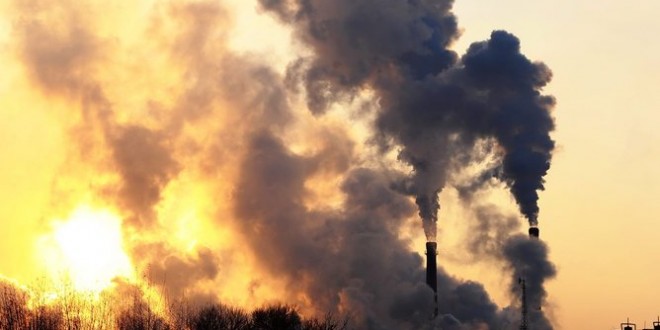by Roy Hill, Khrystyna Ataman, Ezgi Taskin
On Saturday night representatives of 195 nations reached a landmark accord that will, for the first time, commit nearly every country to lowering planet-warming greenhouse gas emissions to help stave off the most drastic effects of climate change.
The deal, which was met with an eruption of cheers and ovations from thousands of delegates gathered from around the world, represents a historic breakthrough on an issue that has foiled decades of international efforts to address climate change.
Traditionally, such pacts have required developed economies like the United States to take action to lower greenhouse gas emissions, but they have exempted developing countries like China and India from such obligations.
The accord, which United Nations diplomats have been working toward for nine years, changes that dynamic by requiring action in some form from every country, rich or poor.
“This is truly a historic moment,” the United Nations secretary general, Ban Ki-moon, said in an interview. “For the first time, we have a truly universal agreement on climate change, one of the most crucial problems on earth.”
President Obama, who regards tackling climate change as a central element of his legacy, spoke of the deal in a televised address from the White House. “This agreement sends a powerful signal that the world is fully committed to a low-carbon future,” he said. “We’ve shown that the world has both the will and the ability to take on this challenge.”
Scientists and leaders said the talks here represented the world’s last, best hope of striking a deal that would begin to avert the most devastating effects of a warming planet.
The new deal will not, on its own, solve global warming. At best, scientists who have analyzed it say, it will cut global greenhouse gas emissions by about half enough as is necessary to stave off an increase in atmospheric temperatures of 2 degrees Celsius or 3.6 degrees Fahrenheit. That is the point at which, scientific studies have concluded, the world will be locked into a future of devastating consequences, including rising sea levels, severe droughts and flooding, widespread food and water shortages and more destructive storms.
The measures in the agreement included:
• To peak greenhouse gas emissions as soon as possible and achieve a balance between sources and sinks of greenhouse gases in the second half of this century
• To keep global temperature increase “well below” 2C (3.6F) and to pursue efforts to limit it to 1.5C
• To review progress every five years
• $100bn a year in climate finance for developing countries by 2020, with a commitment to further finance in the future.
Once enacted, the plans will cut emissions by half the levels required to stave off the worst effects of global warming. The national plans vary vastly in scope and ambition — while every country is required to put forward a plan, there is no legal requirement dictating how, or how much, countries should cut emissions.
Thus, the Paris pact has built in a series of legally binding requirements that countries ratchet up the stringency of their climate change policies in the future. Countries will be required to reconvene every five years, starting in 2020, with updated plans that would tighten their emissions cuts.
 Politicall.ro Educare prin informare
Politicall.ro Educare prin informare

